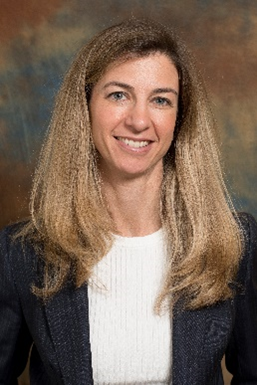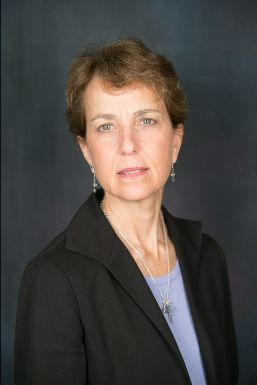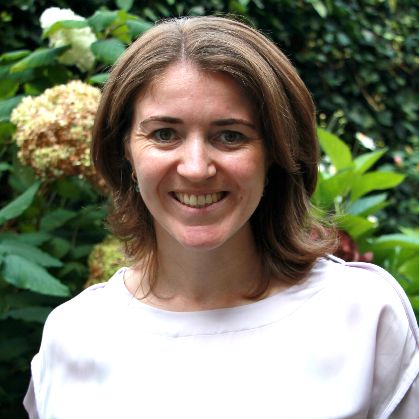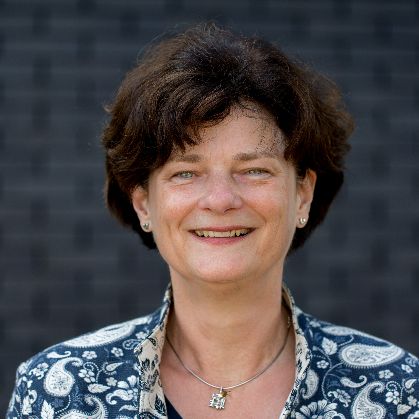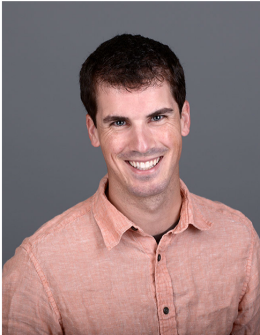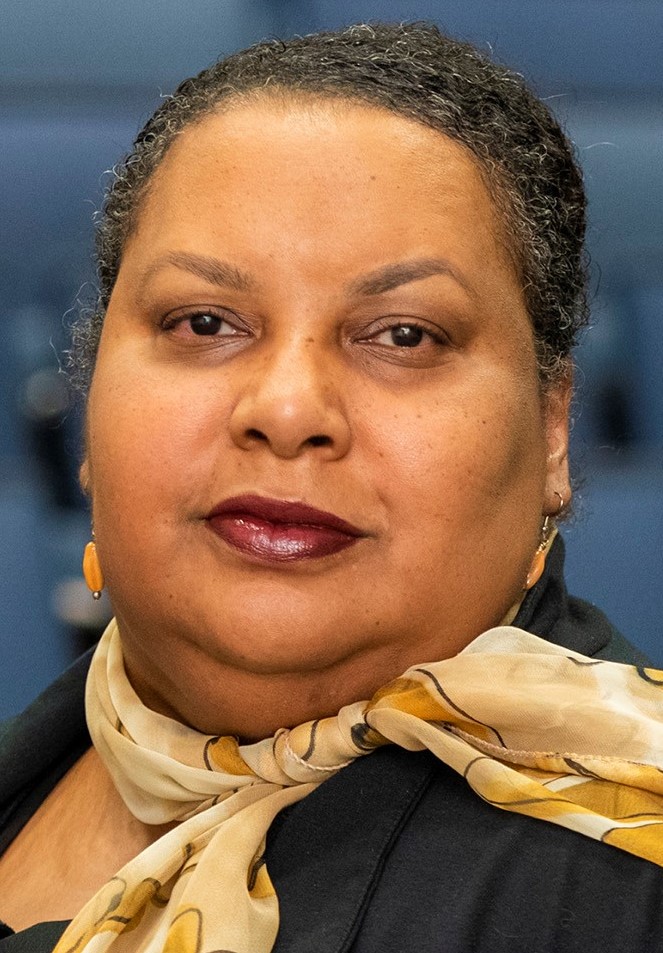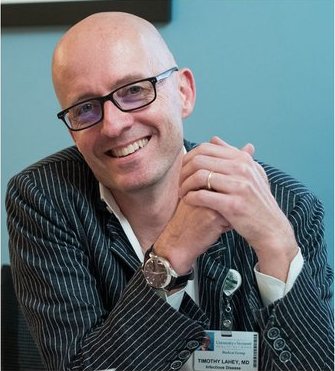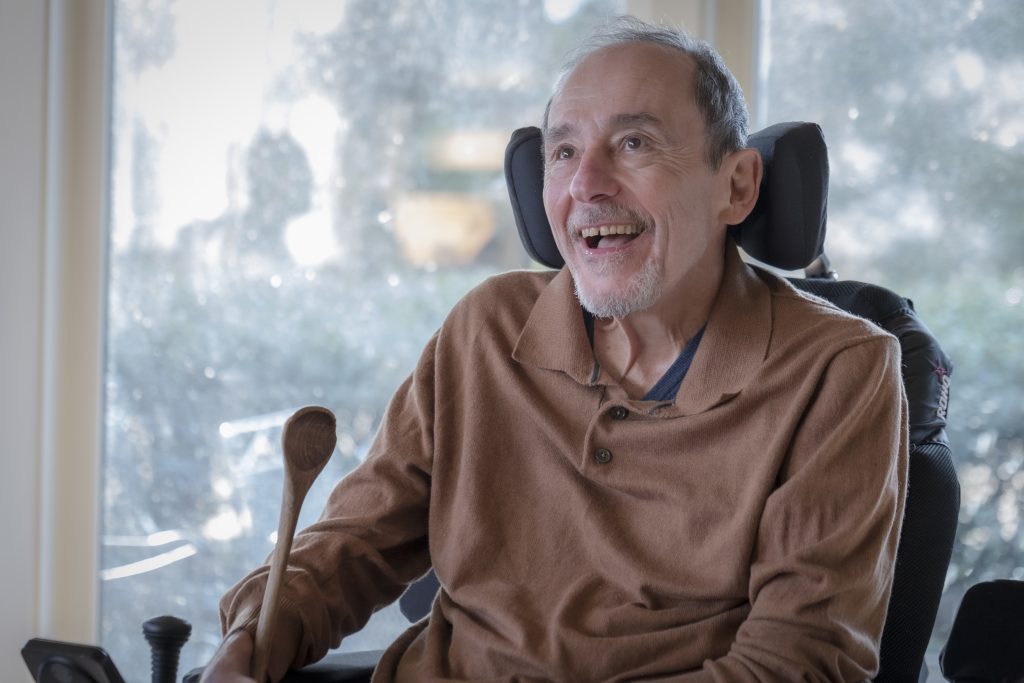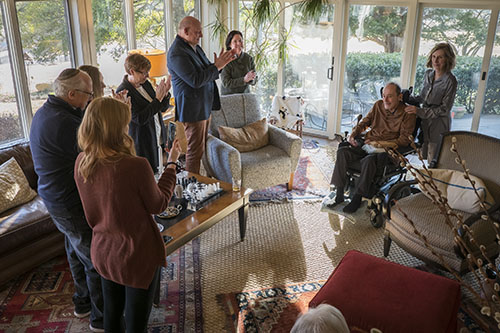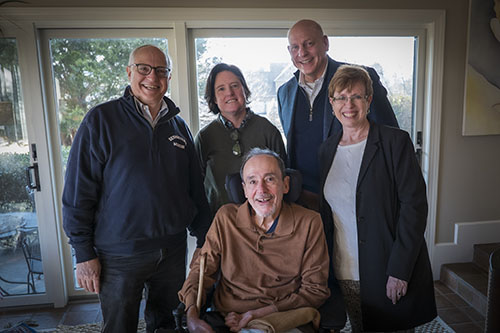[The following notes were generated by Sandra Haudek, PhD.]
The Spring 2022 IAMSE Webinar Seminar Series, titled “To Infinity and Beyond: Expanding the Scope of Basic Sciences in Meeting Accreditation Standards” continued with its third seminar on Thursday, March 17, 2022, titled “Designing Outreach and Service Learning Programs to Effectively Meet the Needs of the Community, Faculty, and Medical Students”. In this session, Peter Vollbrecht, Assistant Professor of Biomedical Sciences at Western Michigan University Homer Stryker M.D. School of Medicine (WMed) in Kalamazoo, MI, reviewed considerations when developing service-learning (SL) programs including accreditation standards, community needs, and student impacts.
Dr. Vollbrecht opened the session by comparing “outreach” with “service-learning”. For outreach, also “community service”, one can find different descriptions with similar messages: “Outreach is the activity of providing services to any population that might not otherwise have access to those services”. They are designed to improve the quality of life for community residents or to solve particular problems related to their needs. Outreach opportunities provided by the medical school complement and reinforce the medical student’s educational program.
Service-Learning (SL), also “community-engaged learning”, is precisely defined by the Liaison Committee on Medical Education (LCME) Standard 6.6: “Educational experiences that involve all of the following components: 1) medical students’ service to the community in activities that respond to community-identified concerns; 2) student preparation; and 3) student reflection on the relationships among their participation in the activity, their medical school curriculum, and their roles as citizens and medical professionals.” In other words, SL is a form of experiential learning where students apply academic knowledge and critical thinking skills to address genuine community needs. SL combines service activities and academic learning objectives, with the intent that the activity will benefit both the recipient and the provider.
Both outreach and SL have incredible potential to provide meaningful impact to communities and the academic institution, faculty and students. Dr. Vollbrecht encouraged the audience, if they embark on an outreach project, to make this activity more impactful by adapting it to an SL experience. He suggested integrating the experience into the curriculum, e.g., in social determinants of health courses, and asking students to prepare before and reflect after the event as part of their grade. For example, a “meal delivery” outreach program could be converted into an SL activity by making it part of a nutrition curse that includes studying nutritional values and putting together a meal plan appropriate for the targeted community, then, after the event, reflect and troubleshoot.
Where does one start with creating an SL program? Dr. Vollbrecht explained that open and frequent communication with all stakeholders is most crucial. One has to identify what the targeted community specifically needs and if the institution and its faculty & students can address these needs, such as resources, time, ability (skills), and overall goals. Dr. Vollbrecht discussed stakeholders in more detail.
(1) Community: Never assume what the community needs, always ask them! Present your ideas for discussion but be open to their response and adjust to what they request. Not establishing needs correctly upfront is the most common reason for the failure.
(2) Event Participants: What service are you providing? Why should you participate? Who should participate? What goals do you and your community partners have for the participants?
(3) Medical Students: To make the event a true and meaningful SL experience, integrate it appropriately within the curriculum considering the students’ skills and time. Provide opportunities for preparation and structured reflection to help them tie back their experience to the course objectives. Clearly state what skills students will learn (e.g.: soft skills: communication, empathy, understanding, connection to community, serving; hard skills: taking vitals, going through insurance bills). Assure that students are appropriately compensated (credit).
(4) Institution: Increase reputation (local, regional, national); offer formal and informal pathways for diverse students including for underrepresented minorities in STEM; introduce clinical experiences; and meet LCME accreditation standards (3.2 Community of Scholars/Research Opportunities, 3.3 Diversity/Pipeline Programs and Partnerships, 4.2 Scholarly Productivity, 6.6 [see above]).
(5) Faculty: Time is the first problem, budget the second. Other barriers include lack of FTE, effort not counted towards promotion, basic scientists do not have a service they can provide.
(6) Yourself: By converting an outreach to an SL experience, one can conduct research and publish data (scholarly work), thus making it count for your professional development, which should be valued by your institution. Including scholarly work is important for you and the community (shared ideas), but the program should be driven by the service.
Dr. Vollbrecht outlined how to create an SL event that works for all parties using backward design and evidence-based practices: (a) define clear and measurable goals, (b) create experiences that actually achieve these goals for the community, students, participants, institution, and yourself, and (c) appropriate assessment (important for scholarship). As an example, he shared his experiences with his project “Brain Explorers” [1, 2]. At the beginning, he just wanted to talk with kids about the brain. Over years, this project evolved into a SL program with scholarship activity. Today, the program focuses on “Providing neuroscience opportunities for K12 students” with a clear mission statement “Provide exciting, engaging, accessible, and assessable science engagement for underserved and underrepresented populations”. To address the mission, it was crucial to talk to participants (students and teachers) to assure interest and purpose. The assessment strategies had to be adjusted over time. They had to ensure they reach the URM population. In his publications, he presented data on population, demographics, open house participation, school visit participants, and impact on students (quantitative and qualitative responses).
Dr. Vollbrecht concluded by encouraging the audience to reach out to him under CIRE (Community Outreach, Research, and Engagement) and PPB (Pathway Programs and Bridges). He will also present a focus session at the annual IAMSE 2022 meeting.
The presentation lasted about 40 minutes. During the ensuing discussion, Dr. Vollbrecht addressed several questions from the audience. To complying with LCME, must an SL program be part of the required curriculum or can it be extracurricular? How can we assure equal opportunity for the entire student body (logistics)? How do you handle IRB approval, particularly when minors are involved? How do you teach students to be aware of “saviorism”? How do you organize the reflection after service when students have different experiences possibly at different sites? How does an institution oversee different programs? How do you remediate (if a grade is involved)?
- Gall AJ, Vollbrecht PJ, Tobias T. (2020) Developing outreach events that impact underrepresented students: Are we doing outreach right? European Journal of Neuroscience. 52 (6): 3499-3506
- Vollbrecht, PJ, Frenette, RS, Gall, AJ (2019) An effective model for engaging faculty and undergraduate students in neuroscience outreach with middle schoolers. The Journal of Undergraduate Neuroscience Education. 17(2):A130-A144

